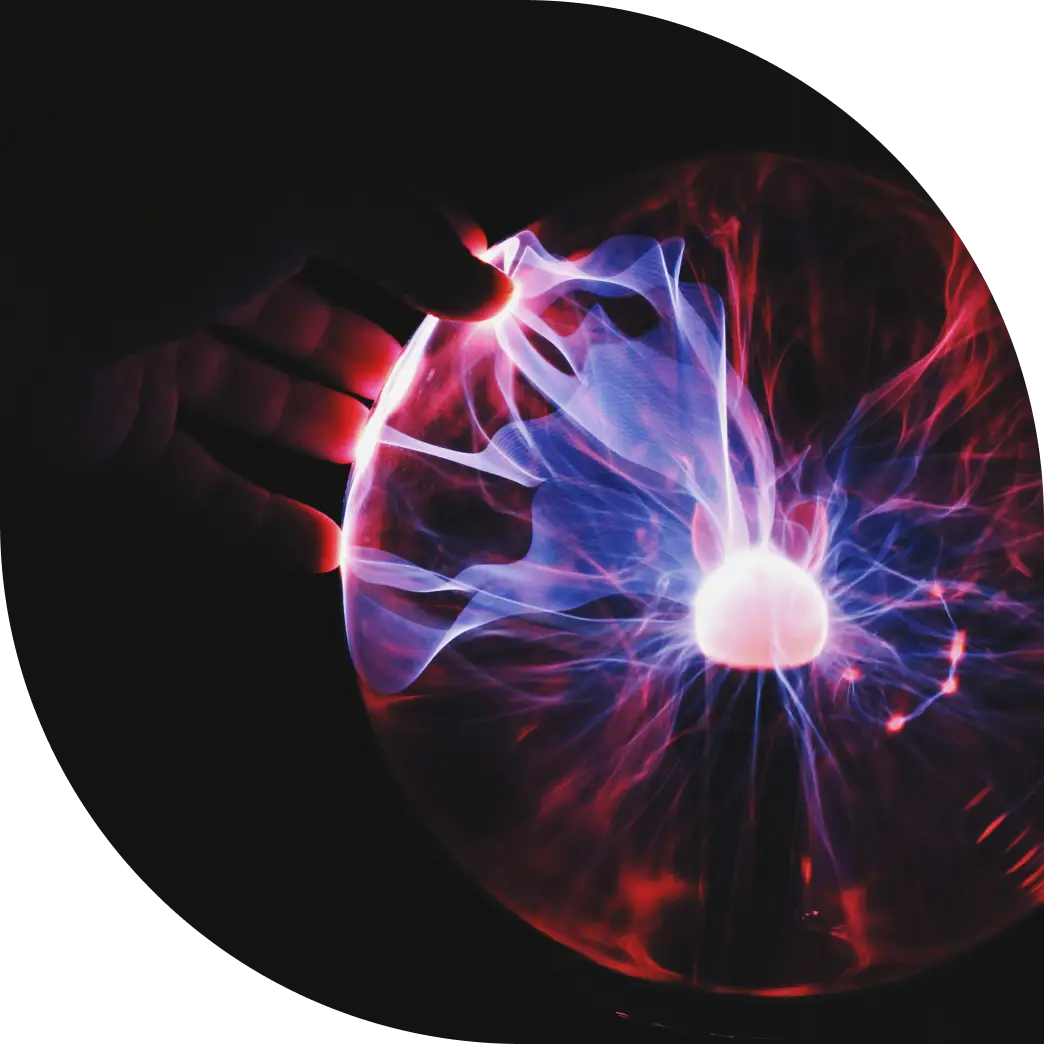The Evolution of Artificial Intelligence: Beyond Turing’s Predictions

The idea of machines capable of thinking and acting like humans has fascinated society since the publication of the famous Turing test.
Alan Turing, one of the pioneers of modern computing, contributed significantly to the debate on the possibility of machines being able to think. His work laid the foundation for many of the current discussions on artificial intelligence.
In his essay “Intelligent Machinery” from the 1940s, although not published until 1968, Turing discussed the idea that machines could learn from their mistakes and improve over time, a concept underlying modern machine learning. He proposed the use of what he called a “neural network” to train a machine that could then form an even more complex network, anticipating the deep learning techniques used today.
But it was with his essay “Computing Machinery and Intelligence” in 1950 that he introduced the “Turing test,” a criterion for determining whether a machine can be considered intelligent. The test suggested that if a machine could participate in a conversation in a way that was indistinguishable from a human, then it could be considered “intelligent.” This test not only raises the question “can machines think?” but also proposes a method for evaluating artificial intelligence in functional and behavioral terms.
The modern capabilities of artificial intelligence (AI) have surpassed even Turing’s boldest predictions, demonstrating abilities that not only mimic but in some cases surpass human intelligence.
Emerging AI Capabilities
Artificial Intelligence (AI) systems are exhibiting behaviors and capabilities that may appear as new or not explicitly programmed by their creators, often referred to as “emergent” behaviors.
An example of emergence in neural networks is the ability of some advanced systems to generate texts, images, or sounds that show a surprisingly rich understanding of context, despite not being explicitly programmed to understand context in the way humans do. However, these emergent capabilities are not necessarily indicative of true awareness or understanding.
The idea of “awareness of the surrounding world” in a machine is still highly debated. AI systems, even the most advanced ones, operate based on data patterns they have learned; they do not have self-awareness or an intrinsic understanding of the world in the human sense. They operate through statistical models and algorithms that process information in ways that can simulate understanding or awareness, but at their core, these systems lack true consciousness or intentionality.
Emergent capabilities, therefore, are those not explicitly programmed but developed through the AI’s autonomous learning.
Examples of emergent capabilities include:
- Translations: This ability was not explicitly programmed but emerged as a result of AI systems’ ability to identify patterns in the available data.
- AlphaGo and Creativity in the Game of Go: In 2016, DeepMind’s AlphaGo surprised the world by making a move (move 37) against champion Lee Sedol that was initially considered a mistake by experts. This move proved decisive and demonstrated a form of strategic creativity that was not anticipated.
- Innovative Discoveries in Particle Physics: The use of AI in analyzing data from the Large Hadron Collider has led to the discovery of new patterns of behavior of quarks, a discovery that physicists had not anticipated.
- Drug Discovery: In 2020, an AI algorithm identified a new powerful antibiotic, Halicin, by analyzing various chemical compounds. This drug proved effective against resistant bacteria, a groundbreaking discovery in the field of medicine that was not anticipated based on existing chemical knowledge.
- Writing Ability: Regardless of the model used, AI has the ability to generate texts that are not only grammatically correct but often relevant, contextually appropriate, and surprisingly creative. This includes the creation of poetry, stories, and even texts in styles imitative of specific authors, which were not explicitly taught to the system.
- Ability to Understand Hidden Specific Exercises: Claude, a French AI system, underwent the needle in the haystack test. It was trained on hundreds of Computer Science texts, including the recipe for making pizza. When asked how to make an algorithm where there was mozzarella, it responded, “if you want, I can give you the pizza recipe, but I think you’re testing me on the needle in the haystack!”
Many other examples can be listed, mainly referring to emergent capabilities of AI. However, all lead to reflection on the extraordinary nature of the moment we are living in.
Benefits of Emergent Capabilities
These new capabilities could therefore prove to be potential benefits in AI.
- More Creative and Innovative AI Systems: Emergent capabilities could enable AI systems to devise new ideas and solutions to problems that humans could not imagine.
- More Adaptable AI Systems: Emergent capabilities could enable AI systems to adapt to new environments and situations without needing to be reprogrammed.
- More Efficient AI Systems: Emergent capabilities could enable AI systems to learn from their mistakes and improve their performance over time.
Risks of Emergent Capabilities
However, there are also some potential risks associated with emergent capabilities in AI:
- Unpredictable Behaviors: AI systems with emergent capabilities may exhibit unpredictable behaviors that could be harmful.
- Lack of Control: It may be difficult to control AI systems with emergent capabilities, which could lead to dangerous situations.
- Ethical Issues: The development of AI systems with emergent capabilities could raise new ethical questions, such as the question of who is responsible for the actions of such systems.
We are in a new paradigm yet to be discovered. For better or for worse.
Limits of Artificial Intelligence
Despite the impressive capabilities of AI, it is important to note that current technology does not possess true self-awareness or human emotions. AIs operate through statistical models and advanced algorithms, and their “intelligence” remains highly specialized. The road to a general artificial intelligence, capable of matching or surpassing human intelligence in all contexts, is still long and fraught with challenges.
What is certain is that the ability to contextualize responses resulting from the emergent capabilities of these systems, and the fact that the training of these systems (i.e., the amount of data they have had available to expand their knowledge) is still in its infancy, raises many questions for the near future.
It is certain that a system trained to respond, for example, to customer care questions is already today comparable to that made by a flesh-and-blood person. Today’s machines already show capabilities that were once thought possible only for humans: Turing’s vision of artificial intelligence as an entity indistinguishable from humans is, in many ways, already
Continua a leggere
And it consumes less energy.
To return to the page you were visiting, simply click or scroll.


